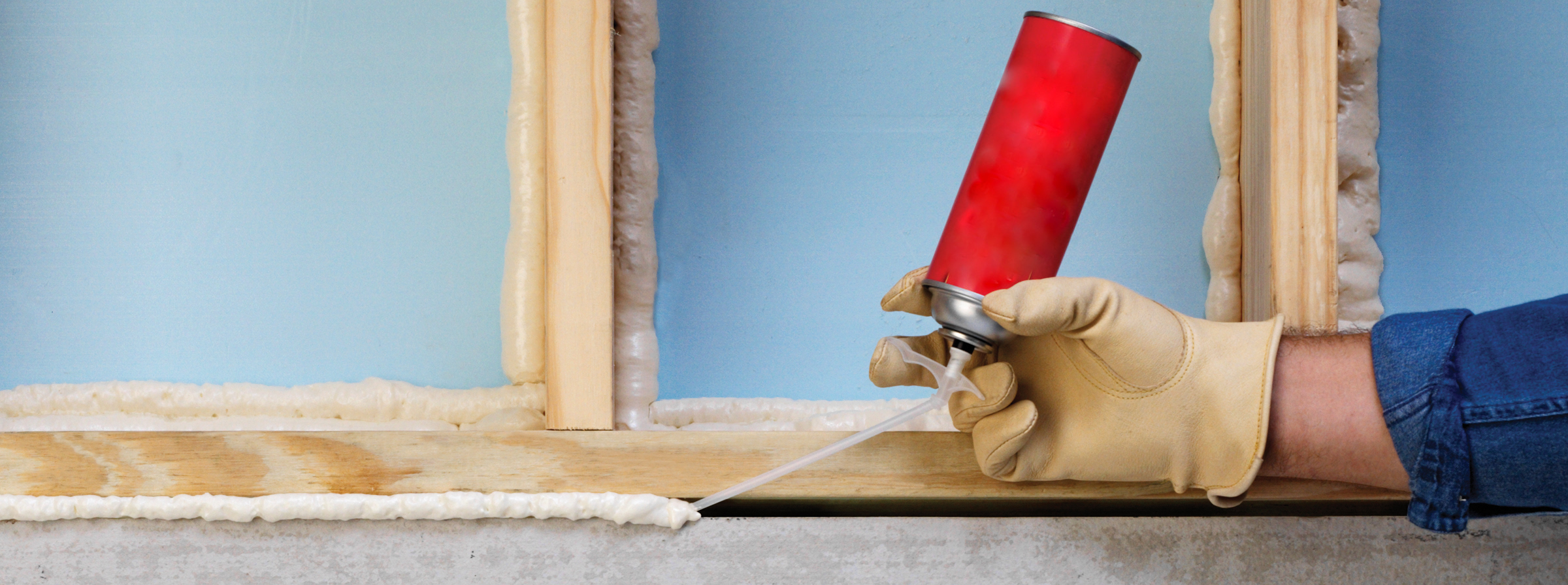People who have health insurance are still expressing higher feelings of satisfaction with their traditional health care plans when comparing them to “consumer-driven” plans. The gap in polled satisfaction rates, however, seems to be closing up a bit. This narrowing gap is based upon the latest research from the Employee Benefit Research Institute (EBRI), a nonpartisan research group.
EBRI’s Greenwald & Associates Consumer Engagement in Health Care Survey (CEHCS) shows that enrollees in traditional health insurance plans were either extremely or very satisfied with their plan in general in every year that the survey was taken. This was compared with enrollees in consumer-driven plans (CDHP) and high-deductible health plans (HDHP), who were less likely to be as satisfied with their plans. As of 2014’s survey results, 61% of those in traditional plans were extremely or very satisfied with their health plans overall. In comparison, just 46% of those with CDHP plans and 37% of those with HDHP plans were just as satisfied.
That gap in satisfaction rates, however, is narrowing. CDHP enrollees’ satisfaction rates have been moving in an upward trend while traditional enrollees’ rates of satisfaction have been trending downward.
The differences in rates of satisfaction may be due to a divergence in out-of-pocket costs amongst the different plans. For instance, in 2014, 48% of traditional plan holders expressed that they were either extremely or very satisfied with out-of-pocket costs. These costs are directed at health care services but not for prescription medication costs. Just 19% of HDHP holders are just as satisfied and 26% of CDHP participants show the same rates of satisfaction with out-of-pockets expenditures. All three of these groups have indicated an upward trend in satisfaction since 2011.
National satisfaction rates for CDHP holders went from 37% to 49% in the years 2006 to 2009, subsequently then dropping in the following year only to increase once again from 40% to 47% from 2010 to 2012, a rate at which the percentages now remain.
As far as answering the survey with “not-too” or “not-at-all” satisfied with the health plan being held, just 7% of the traditional plan holders answered in this way in the year 2014. On the other hand, 22% of HDHP and 16% of CDHP enrollees reported being either not-too or not-at-all satisfied. This dissatisfaction among these plan holders has largely been on a downward trend.
The CEHCS’s other findings include the following rates of satisfaction with:
- Quality of Care: CDHP participants and those with traditional care plans were equally satisfied with the quality of care given, with approximately 66% of CDHP participants and 68% of those in a traditional plan being extremely or very satisfied in 2014. Those with HDHP plans expressed lessened degree of satisfaction in this area, with 56% of them showing similar high rates of satisfaction with quality care.
- Access to Doctors: In general, all three enrollees in the different plans showed similarly high satisfaction rates with being able to get doctor appointments. The 2014 survey results showed that 66% of all participants were extremely or very satisfied with access to doctors.
- Recommend a Plan: Those enrolled in a traditional health plan were more likely to recommend their plan to others, while those with CDHP and HDHP were less likely to do so.
The entire report is titled, “Satisfaction With Health Coverage and Care: Findings from the 2014 EBRI/Greenwald & Associates Consumer Engagement in Health Care Survey.” It can be found in the July, 2015 EBRI Issue Brief at www.ebri.org.
Alan Wang is the President of UBF and serves as the lead consultant. He has delivered the UBF solution set throughout the world and is highly regarded for his areas of expertise. You can follow him on Twitter @UBFconsulting.
